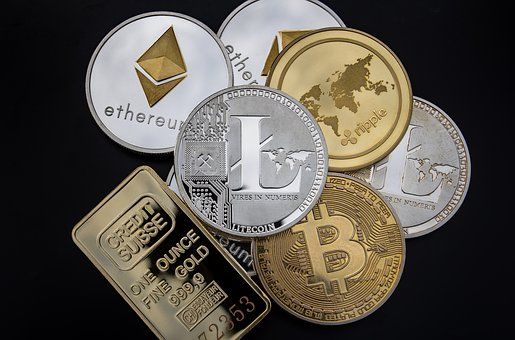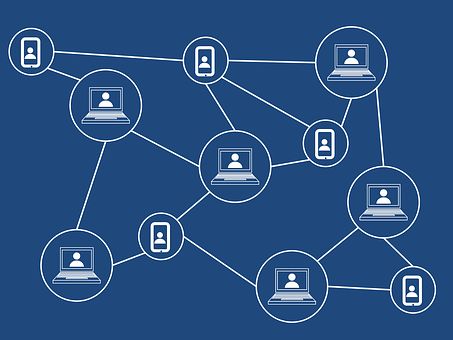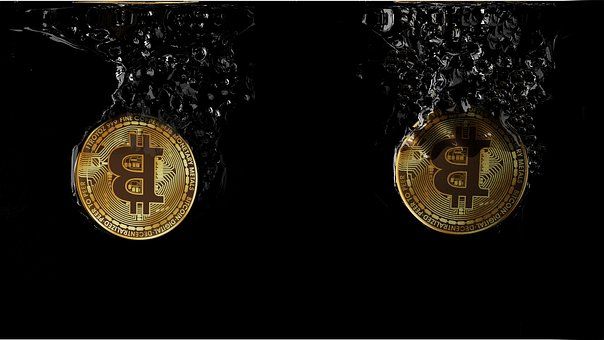Currency Of The Future
May 04, 2019 • 45 views
What is a currency? It is basically anything that wins the trust of the masses and is accepted by everyone as the medium of exchange. More than the government or any other regulatory authority, it is the trust of the people that gives validity to a currency. Let's say one day 51% of the Indian population starts transacting using old notes that are no longer in circulation then the outcome would be an economy of believers within an economy of non-believers. The world of cryptocurrencies works on this very characteristic of trust of the masses in its system.
Cryptocurrency:

A word many of us know but don’t understand, a word that hit the economic world one fine day and took no time in becoming the hottest topic of debate among the pundits, the bureaucrats, the businessmen and the decision makers of this world. Back then very few people knew what good or bad it could do to the world economy.
Cryptocurrency is digital form of exchange that was brought into the world by an anonymous person who was a victim of 2009 recession in which the American government printed dollars to bail out the banks of their debt and in the process reducing its value and thereby affecting the common people badly. This anonymous man then used cryptography- an encryption and decryption technique, to create a form of digital currency which was widely accepted by the people thereby rendering it some value.
The production of cryptocurrency is facilitated by a technology called block chain which is basically a series of blocks connected in the form of a chain. It eliminated the necessity of a central organization, as such in the case of banks, and uses a chain of computers thereby removing the trust factor and establishing a concrete mathematical grounding.
Block chain:

It is a digital ledger in which transactions made in bitcoin or another cryptocurrency are recorded chronologically and publicly. In layman's language block chain is a network of numerous computers where same data is stored on all such computers and the data present on 51% of them is considered correct. The structure of block chain is like that of sheets of paper attached through strings. On each paper or rather block data is entered and that data is accessible by the use of a public key and a private key. It is estimated that every 10 minutes a new block is added to the block chain. To add a new block to this chain a person needs to solve a mathematical problem the solution of which depends on the data in the previous block and this involves a lot of computing power. This process of adding blocks is called mining of cryptocurrencies. Also block chain ensures safety as when data in any block is scrambled then their arises an error in the subsequent blocks which ensures detection of the variation in a block.
It has a wallet that consists of two keys-
1) Public key- that acts as a bank account or an address to the account.
2) Private Key- that acts a password and allows us to access the account. The private key is very important for transaction and once lost can never be recovered.
Bitcoins:

Bitcoins are the most popular type of cryptocurrency that requires no middle men for transaction and can be anonymous. It solved the biggest problem of cryptocurrencies, which is, double spending as the addition of blocks takes time and this time lag can be used to manipulate the previous blocks and encourage forging methods. So to curb this issue it was made clear by the creators of bitcoins that in case of multiple transactions, the one with the longest block chain in a certain amount of time will be declared legit.
To make transactions easy, certain mobile applications and websites have been developed that allows the buyers and sellers to meet at a common platform and carry out the process. Certain wallets have also been developed that gives us complete insight into the availability and value of these digital currencies.
For now, we could only say that we have just touched the surface of what could be the currency of the future.
